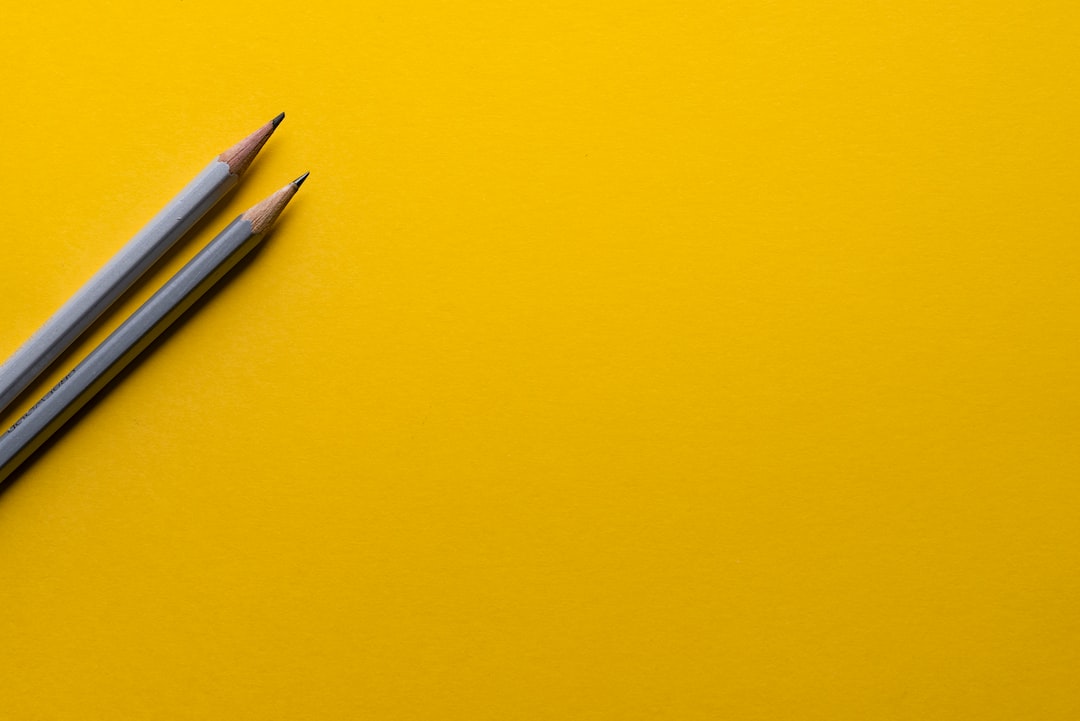Exploring Minimalist Design: Less is More
In a world filled with chaos and clutter, the concept of minimalism has gained significant popularity. From lifestyle choices to interior design, people are embracing the philosophy of “less is more.” Minimalist design focuses on simplicity, functionality, and the elimination of unnecessary elements. It is about creating a space that is clean, clutter-free, and visually appealing. In this blog post, we will explore the essence of minimalist design and why it has become a powerful trend.
Minimalist design draws inspiration from various art movements, including the Bauhaus movement in the 20th century. It believes in the principle that beauty lies in simplicity. By eliminating excess decoration, minimalist design highlights the essential elements, resulting in a more visually pleasing composition. This design philosophy extends beyond just aesthetics; it promotes a more intentional and mindful approach to living.
One of the key principles of minimalist design is functionality. The emphasis is placed on creating spaces that serve their purpose efficiently. With fewer distractions, minimalist interiors allow individuals to focus on what truly matters. By eliminating unnecessary clutter, the design helps create a calm and peaceful atmosphere. It is not just about removing physical items; it is also about organizing and decluttering our minds.
Minimalist design is known for its clean lines, neutral color palettes, and open spaces. The color scheme typically consists of whites, grays, and earth tones, creating a sense of serenity and harmony. Furniture and decor are kept simple and understated, avoiding busy patterns or elaborate details. The focus is on quality over quantity, with each piece carefully chosen for its functionality and beauty.
Another aspect of minimalist design is the utilization of natural materials. Wood, stone, and metal are common choices in creating a more organic and calming environment. These materials bring warmth and texture to the space, adding a touch of nature indoors. By combining natural elements with a minimalist aesthetic, a harmonious balance between the man-made and the organic is achieved.
Minimalism extends beyond interior design; it can be applied to various aspects of our lives. From our wardrobes to our daily routines, embracing minimalism can bring a sense of order and clarity. By decluttering our surroundings and simplifying our choices, we can focus on the things that truly bring us joy and fulfillment.
Although minimalism has gained popularity, it doesn’t mean that everyone has to adopt it as a lifestyle. Minimalism is a personal choice, and its interpretation can vary from person to person. Some may prefer a more minimalist approach in their living spaces, while others may incorporate minimalist principles into their daily routines. It is important to remember that minimalism is not about deprivation or austerity but rather about finding balance and contentment in our lives.
In conclusion, minimalist design offers a refreshing alternative to the chaos and clutter of modern life. It focuses on simplicity, functionality, and the elimination of unnecessary elements. By embracing minimalism, we can create spaces that are visually appealing, calming, and truly reflect our values. Whether it is through interior design or lifestyle choices, minimalism allows us to live more intentionally and experience the beauty of “less is more.”
